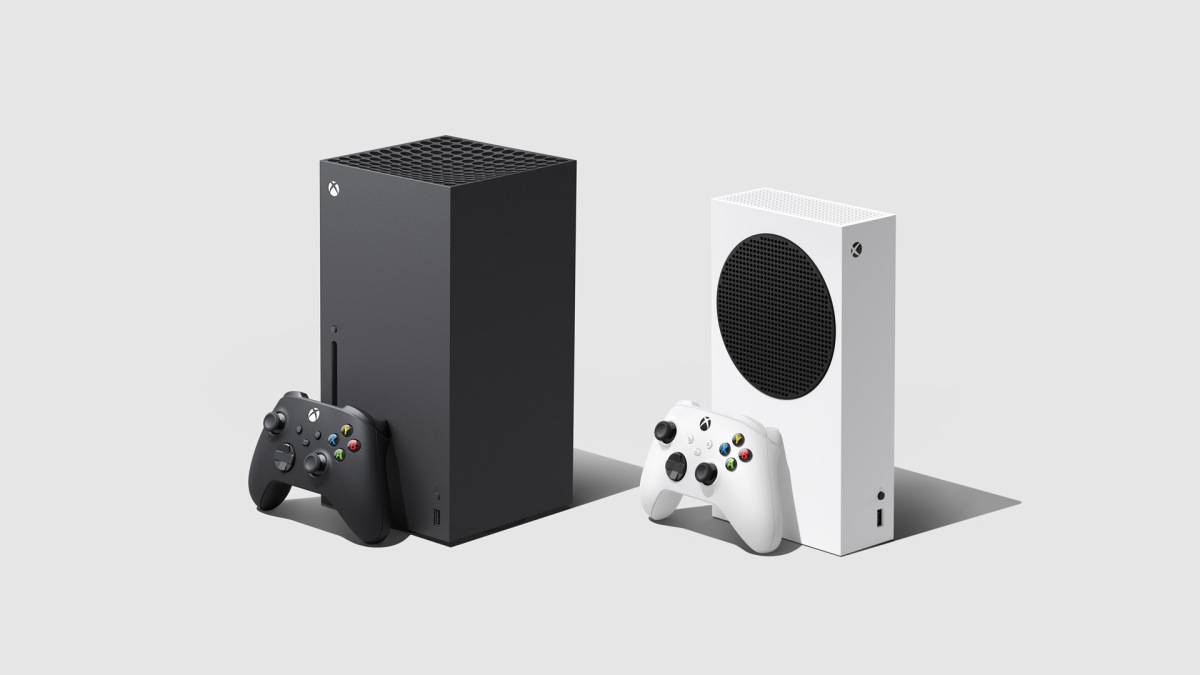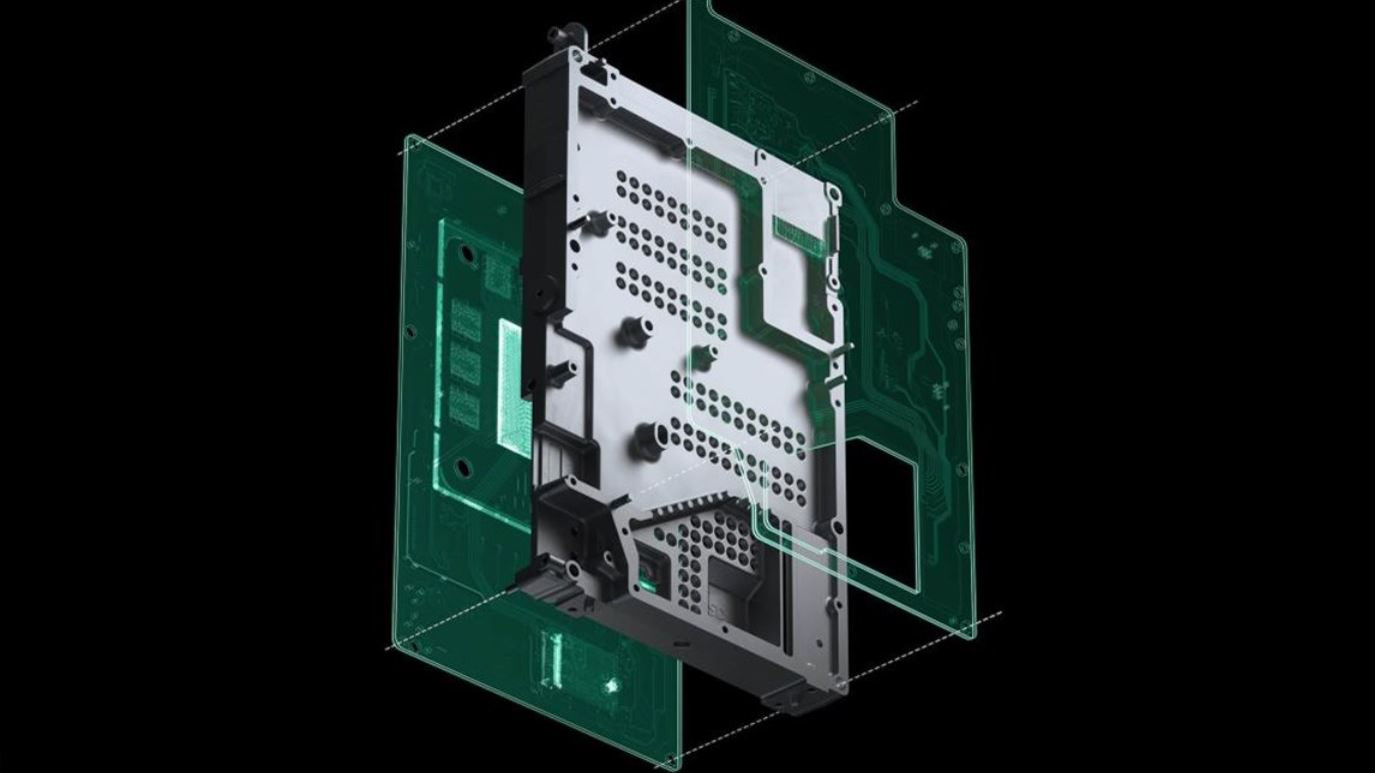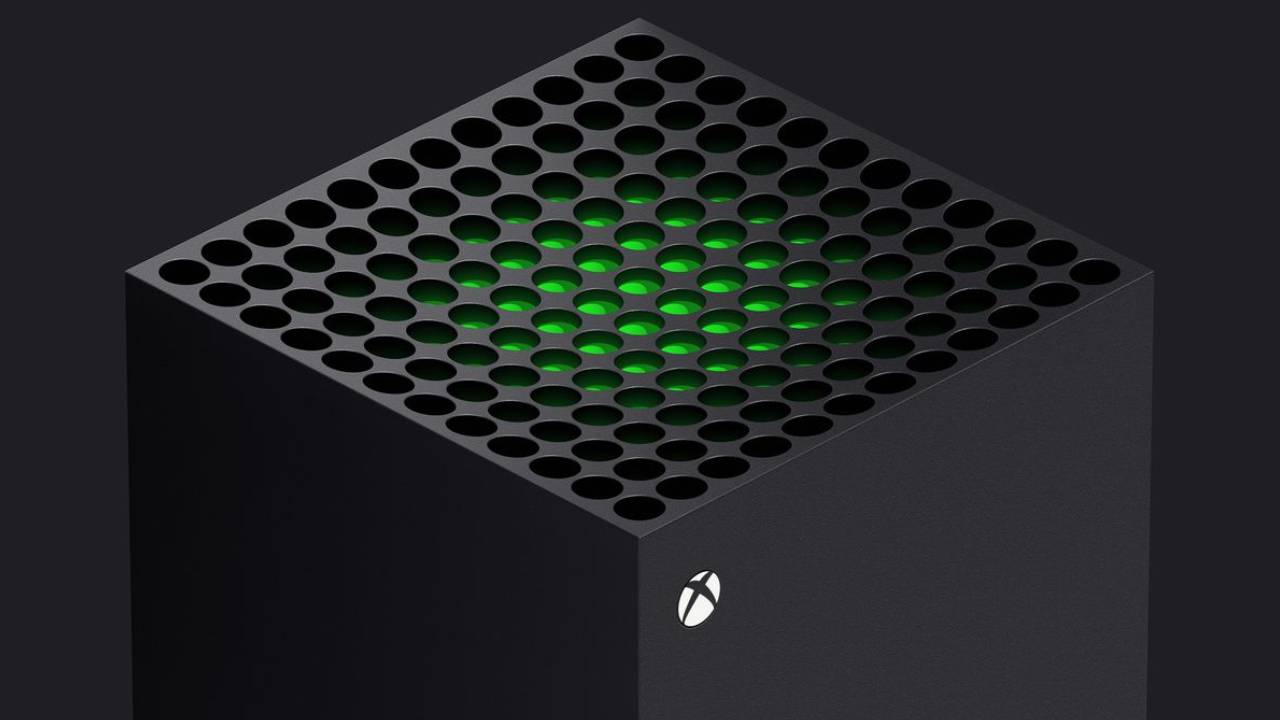If you don’t know whether the Xbox Series X or the Xbox Series S is the right console for you, this is the guide for you. You're not the only one struggling to choose or get to grips with the differences between these two consoles, especially as some retailers gradually receive more stock – before running out again mere minutes later.
At first glance, there really doesn't seem to be a huge difference between these two consoles. But dig deeper and you'll find there are some key differences between their power and capabilities, which we’ll take a look at in this guide.
Importantly, in the Xbox Series X vs Xbox Series S battle, you're going to find the winner is entirely dependent on what you're looking for from a games console. Both have their merits but in the end it'll likely come down to your budget, your preferences, how much you really need a disc-drive and how high native 4K output is on your list of priorities.
We've reviewed both the Xbox Series X and Xbox Series S in depth, so we're more than familiar with the strengths and weaknesses of both consoles. If we had to sum up our experiences, we’d say the Xbox Series X is undoubtedly the powerhouse, top-of-the-line option, but the Xbox Series S has its much lower price on its side. Read on so that we can help you decide which of the two you should buy to suit both your setup and your budget.
- Find out where to buy Xbox Series X or check out our guide to where to buy Xbox Series S, and we'll help you find a console where you are.
Xbox Series X vs Xbox Series S: key differences
If you only walk away with three key differences in mind, let it be these: the Xbox Series X has a 4K UHD Blu-ray drive that's capable of playing physical games and movies while the Xbox Series S does not; the Xbox Series X has a large 1TB SSD that can store, on average, around 16 games while the Xbox Series S has a 512GB SSD that only stores around four to five; and the Xbox Series X renders games in native 4K at 60 frames-per-second, while the Xbox Series S targets 1440p.
Otherwise, both will have the same user interface, the same controller and the same Xbox Velocity Architecture that enables features like Quick Resume. Both have the same media apps like Netflix, Amazon Prime Video, Hulu and more, and more importantly, both can play exactly the same games.
More people seem drawn to the power of the Xbox Series X from what we've seen so far, but that's not to discount the advantages of the more affordable model. Both work well and both can serve a different audience.
Let's break them down even further.
First up is the Xbox Series X, Microsoft’s flagship console that’s capable of 4K graphics and is currently one of the most powerful consoles ever made. On paper the specs are very impressive, and it has a compact tower-style design that manages to be both unique and unobtrusive . It costs a pretty penny, though, at $499 / £449 / AU$749, the same price as the PS5.
The Xbox Series S is far more affordable, however, albeit a less powerful alternative for consumers to consider. It’s digital-only, so you’ll be at the mercy of the Microsoft Store for any purchases you make. That said, Xbox Game Pass, Microsoft's Netflix-like subscription service and Project xCloud, that lets gamers stream games from the cloud, do alleviate the digital-only restrictions somewhat. Overall, the Series S' price point is aimed at those who are willing to compromise on power for a much better price.
- Xbox Series X vs PS5: how do the two consoles stack up?
- Xbox Series X games list: all the best games on Xbox Series X
- Xbox Series X deals and bundles: get the best price
Xbox Series X vs Xbox Series S price

The Xbox Series X costs $499 / £449 / AU$749 and launched on November 10, 2020. The console is packed with cutting-edge technology, and goes head-to-head with the PS5, which also costs $499. The price point may be too expensive for some, but it puts the Xbox Series X in a strong position to compete with Sony’s hardware.
The Xbox Series S launched alongside the Series X and its price is much lower at just $299.99 / £249.99 / AU$499. A $200 saving will be very appealing to the more cost-conscious consumer.
Xbox Series X vs Xbox Series S specs

The Xbox Series X is a beast of a console that's truly brought us into the latest generation of gaming. Here’s what’s inside the diminutive tower of power:
- CPU: Eight-core 3.8GHz (3.6GHz with SMT) custom AMD 7nm
- GPU: 12 teraflops 1.825GHz (locked)
- RAM: 16GB GDDR6
- Frame rate: Up to 120 fps
- Resolution: Up to 8K
- Optical: HD Blu-Ray disk drive
- Storage: 1TB NVMe SSD
With a 12 teraflop GPU capable of up to 120 frames per second, the Xbox Series X is twice as powerful as the Xbox One X, Microsoft’s former flagship console. It supports various exciting next-gen features such as ray tracing, variable rate shading and even support for 8K resolution.
The Xbox Series X makes the wait when booting up games or loading new levels a thing of the past thanks to its custom designed super-fast NVMe SSD. The SSD is part of the console’s new Velocity Architecture, which allows multiple games to be suspended in the background while you’re playing something entirely different. Everything is more responsive and snappier as a result, too.
Microsoft is also trying to make latency a thing of the past on Xbox Series X. Forward-thinking features such as Auto Low Latency Mode (ALLM), communication improvements to the Xbox controller, and Variable Refresh Rate (VRR) support take full advantage of TVs with HDMI 2.1 support.
In comparison, here are the Xbox Series S specs:
- CPU: Eight-core 3.6GHz (3.4GHz with SMT) custom AMD 7nm
- GPU: 4 teraflops at 1.550GHz
- RAM: 10GB GDDR6
- Frame rate: Up to 120 fps
- Resolution: 1440p with 4K upscaling
- Optical: No disk drive
- Storage: 512GB NVMe SSD
The Xbox Series S packs a lot of power for such a small box. The console targets a resolution of 1440p instead of native 4K (some games do support native 4K, though), and is capable of 120fps gaming. It has an almost identical CPU to the Xbox Series X, but the GPU is considerably less powerful, and it comes with 10GB of GDDR6 RAM instead of 16GB.
That might sound like a big compromise on paper, but remember the Xbox Series S is targeting 1440p/60fps instead of 4K/60fps. This means it needs less power to reach its pixel count, but it can still deliver all the next-gen features Microsoft is focusing on like ray tracing and 120fps.
There’s no disk drive, of course, and the storage is almost halved compared to the Xbox Series X. That’s admittedly concerning for a digital-only model, but Microsoft is undoubtedly hoping people are taking advantage of Project xCloud which involves no downloads at all as game’s are streamed from Microsoft’s remote data servers.
The storage of both consoles can be expanded, however. Microsoft is selling a 1TB proprietary expansion card that plugs into the back of the console. Xbox One games can also be stored on a standard external hard drive to help free up space.
The Xbox Series S and Xbox Series X also support Spatial Sound, including Dolby Atmos, and Dolby Vision via streaming apps at launch. Dolby Vision support for gaming was introduced post-launch but is now available.
Xbox Series X vs Xbox Series S games

So here’s what you need to know: both the Xbox Series X and Xbox Series S are able to play exactly the same games, although they’ll undoubtedly look best on Xbox Series X.
The kind of compromises we expect to see on Xbox Series S will focus on the drop to 1440p resolution from 4K, and maybe some more minor changes that probably won’t be as noticeable.
Both consoles offer full backwards-compatibility with Xbox One, Xbox 360 and original Xbox games. So while we're still waiting for some of the biggest next-gen exclusives like Fable 4 and Halo Infinite to launch, there's still plenty to play, particularly if you have a large library of titles already. If you own a lot of physical copies, though, be mindful that these won’t work on Xbox Series S due to the lack of disc drive.
- Browse all the latest cheap Xbox game deals
Xbox Series X vs Xbox Series S verdict

Microsoft may be onto something here. By offering two consoles that target different audiences, consumers ultimately have more choice and more ways to enter into the Xbox ecosystem. If only the best will do, pick up an Xbox Series X, but be prepared to pay a premium. Want to enter the next generation without breaking the bank? The Xbox Series S is a fantastic entry point, and one with a seriously tempting price.
Microsoft seems to have created two appealing iterations of its console, without one appearing less attractive than the other. Crucially, it will now be able to fight the PS5 on two fronts: price and performance. The Xbox Series S costs significantly less than the PS5.
By creating an argument for Xbox Series X vs Xbox Series S, Microsoft has essentially done its best to turn consumers’ heads where it might not have done so were it a straight fight between Xbox Series X and PS5. And that’s surely a win for Xbox as a whole.
- Xbox Series X vs Xbox One X: should you upgrade?
from TechRadar - All the latest technology news https://ift.tt/2HfG9w3





0 Comments